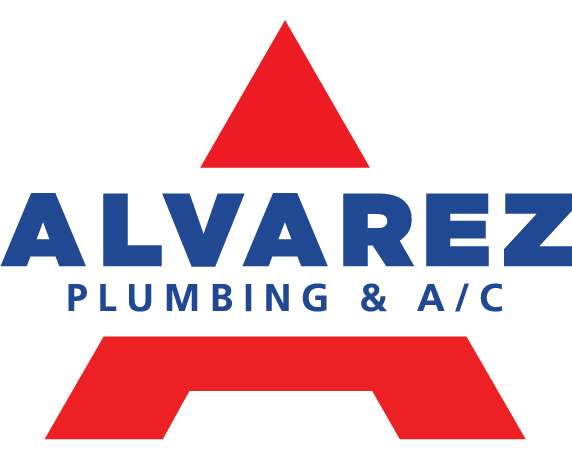There are a few different materials that your pipes may be made out of, some of which may require you to replace due to the dangers that they pose. Luckily there are several viable options to choose from when re-piping your home. Each type of material has its benefits and flaws. Here is a thorough list of available metal and plastic options, although the most common options are PEX or copper pipes.
METAL
Copper Pipes
- Copper pipes have been used since the 1960s and are still functioning properly in most homes-proven reliability.
- Older homes used lead-base solder on copper pipes, and most of them have been replaced to remove this threat.
- They can be used in indoor and outdoor plumbing.
- Copper pipes have a high tolerance for heat but a low tolerance for freezing temperatures. They require extra care in the winter to prevent them from freezing-over or bursting.
- Copper pipes are not prone to leaking and can be counted on to last for a long period of time.
- If you are re-piping, old copper pipes can be recycled.
- Copper pipes are expensive; 100 feet of copper piping can cost around $285.
Galvanized Steel
This is an outdated material, use primarily between 1930 and 1980, which is lacking in benefits and requires re-piping if it has not been done yet.
- Galvanized steel is heavy.
- It has a zinc coating that leads to rusting and discoloration of water.
- It commonly becomes clogged and has reduced water pressure.
- Lead can be released into your water source from the corrosion.
Stainless Steel
- More expensive than copper but is corrosion resistant and sturdy.
Cast Iron
- Cast Iron is a heavy yet durable pipe.
- For a cheap repair, use PVC piping, as it is compatible with cast iron pipes.
Black Iron
- Black Iron metal piping is made for carrying gas. It is not made, nor should it ever be used for, plumbing.
PLASTIC
Polyvinyl Chloride Pipes (PVP Pipes)
- PVC Pipes do not rust, corrode, or degrade over time.
- They are inexpensive and easy to work with.
- They are commonly used to carry the main water supply into you home because they can handle high-pressured water.
- They do not handle heat well and can warp under extreme heat.
- They are also commonly used in sinks and bathroom drain lines.
Chlorinated Polyvinyl Chloride Pipes (CPVC Pipes)
- Easy to work with, even for DIY home repair.
- More flexible than regular PVC and contain extra chlorine in the pipes, making them safe for drinking water.
- Can be used for hot and cold water but can break if they become frozen.
Cross-Linked Polyethylene Pipes (PEX Pipes)
- Extremely versatile: can be used for hot and cold water supply, perfect for retrofits, and can be snaked through walls easily.
- Are also heat resistant.
- Have been approved for use, but many are still concerned that PEX pipes can pose a threat to the environment because of their manufacturing method.
Grey Plastic Polybutylene Pipes (PB Pipes)
- Inexpensive alternative to copper pipes.
- Easy to work with and install so they a good medium for DIYers.
- Downside to this type of piping is that they are prone to leaks.
High-Density Polybutylene (HDPB Pipes)
- Can be used in a wide variety of plumbing needs because they are flexible and are corrosion resistant.
- Have a long lifespan.



Recent Comments